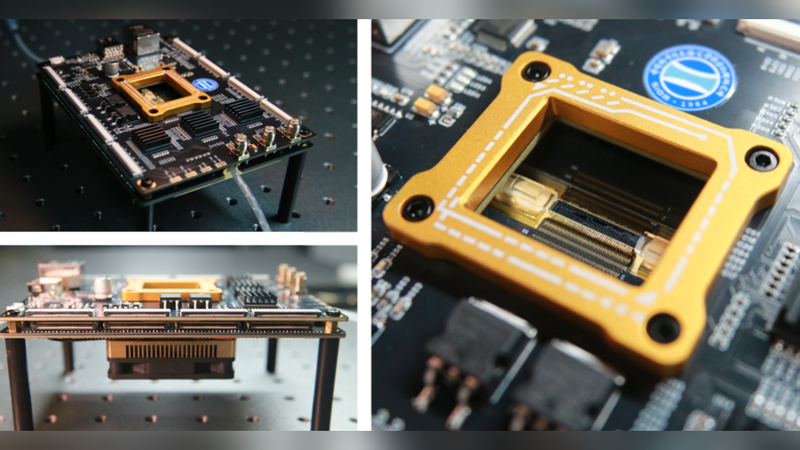Hey tech enthusiasts! Chinese researchers at the Shanghai Institute of Optics and Fine Mechanics, part of the Chinese Academy of Sciences, have just unveiled the world’s first ultra-high parallel optical computing chip. Capable of reaching a theoretical peak of 2560 TOPS at a 50 GHz optical clock speed, this innovation is transforming how we think about data processing. 🚀
So, how does it work? Unlike traditional optical computing that relies on a single light wavelength, the new chip harnesses over 100 wavelength channels using soliton microcomb sources. Think of it as upgrading from a single-lane road to a superhighway – the chip can process data 100 times faster without increasing its size or frequency!
This breakthrough paves the way for advanced applications in artificial intelligence, neural networks, physical simulations, and image processing. Its low-latency performance also makes it ideal for edge devices, from next-gen communication networks to managing drone swarms.
Published as a cover paper in the journal eLight, this achievement is already sparking conversations among tech professionals and digital natives across South and Southeast Asia. What do you think of this game-changing leap? Share your thoughts and join the conversation! 😎
Reference(s):
China builds world's first ultra-high parallel optical computing chip
cgtn.com




